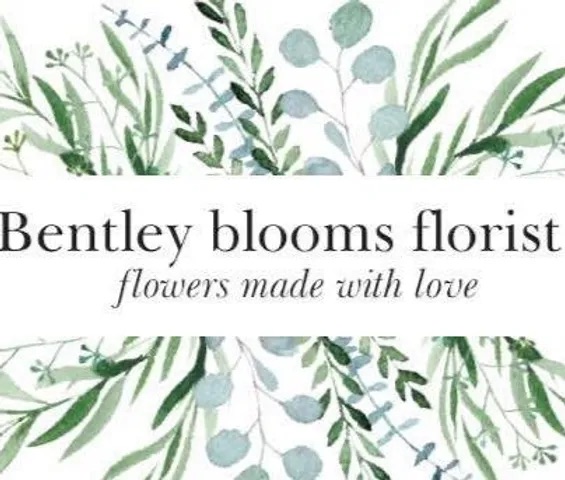The History of Floral Design and Its Evolution
Floral design, the art of creating beautiful arrangements using flowers and foliage, has a long and rich history dating back thousands of years. From ancient civilizations to modern times, flowers have played an integral role in human culture, symbolism, and aesthetics. The evolution of floral design reflects changes in taste, culture, and technology as well as the growing importance of the florist profession.
The earliest evidence of floral design can be traced back to ancient Egypt, where florists were employed to create elaborate arrangements for religious ceremonies, banquets, and funerary rites. Flowers were considered sacred and were used to symbolize life, death, and rebirth. The Egyptians were skilled in the art of floral arranging, using flowers such as lotus, papyrus, and mandrake in their designs.
In ancient Greece and Rome, flowers were used in similar ways, with florists creating wreaths, garlands, and bouquets for weddings, festivals, and other important occasions. Flowers were associated with gods and goddesses, and were believed to possess magical and healing properties. The Greeks and Romans also used flowers as symbols of love, beauty, and fertility.
During the Middle Ages, floral design became more stylized and symbolic, with flowers and foliage arranged according to strict rules and conventions. Flowers were used to represent virtues, vices, and religious themes, and were often included in illuminated manuscripts, tapestries, and paintings. The medieval period saw the development of the “language of flowers,” in which specific flowers and arrangements conveyed specific meanings and messages.
The Renaissance brought a renewed interest in naturalism and realism, with floral design becoming more lifelike and detailed. Flowers were depicted with greater accuracy and precision in paintings, tapestries, and decorative arts. The Renaissance also saw the rise of the professional florist, with skilled artisans specializing in the cultivation and arrangement of flowers for royal courts, noble households, and churches.
The Victorian era marked a golden age of floral design, with elaborate bouquets, corsages, and centerpieces becoming popular for weddings, funerals, and other social events. Flowers were used to convey sentiments of love, friendship, and sympathy, with different flowers carrying different meanings and associations. The Victorians created intricate floral designs using flowers such as roses, lilies, tulips, and violets, often incorporating symbolic elements such as ribbons, lace, and crystals.
Today, floral design continues to evolve and adapt to changing tastes and trends, with florists creating innovative and imaginative arrangements using a wide variety of flowers, foliage, and materials. The modern florist is both an artist and a craftsman, blending creativity and skill to create stunning floral creations for weddings, events, and everyday occasions. The history of floral design is a testament to the enduring beauty and significance of flowers in human culture and society.
——————-
Discover more on florist contact us anytime:
Bentley Blooms
https://www.bentleyblooms.co.uk
07852299352
7 highfields bentley ip92bp
https://www.bentleyblooms.co.uk/

